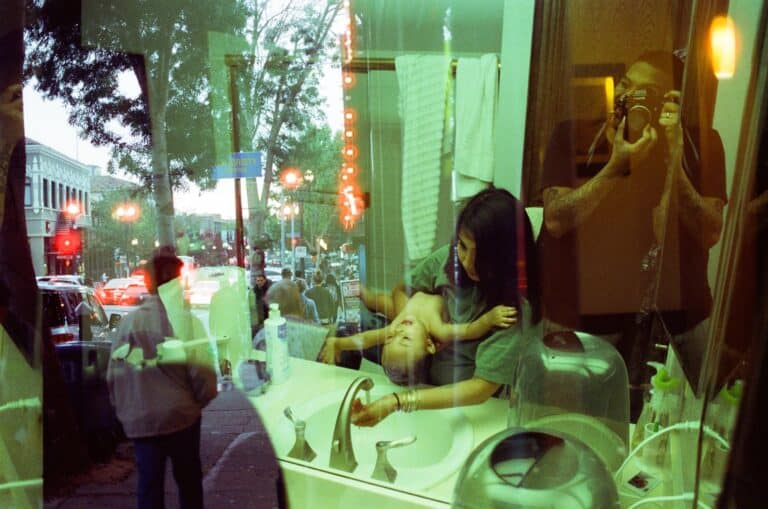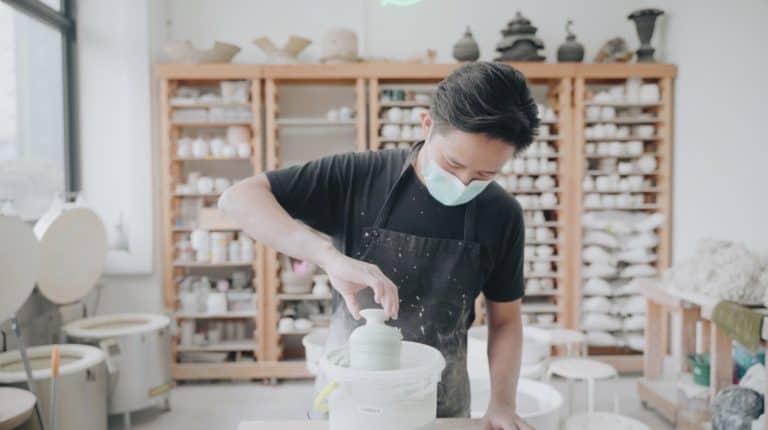It’s art awards season once again in the Philippines!
The Ateneo Art Awards recently concluded on 26 August:
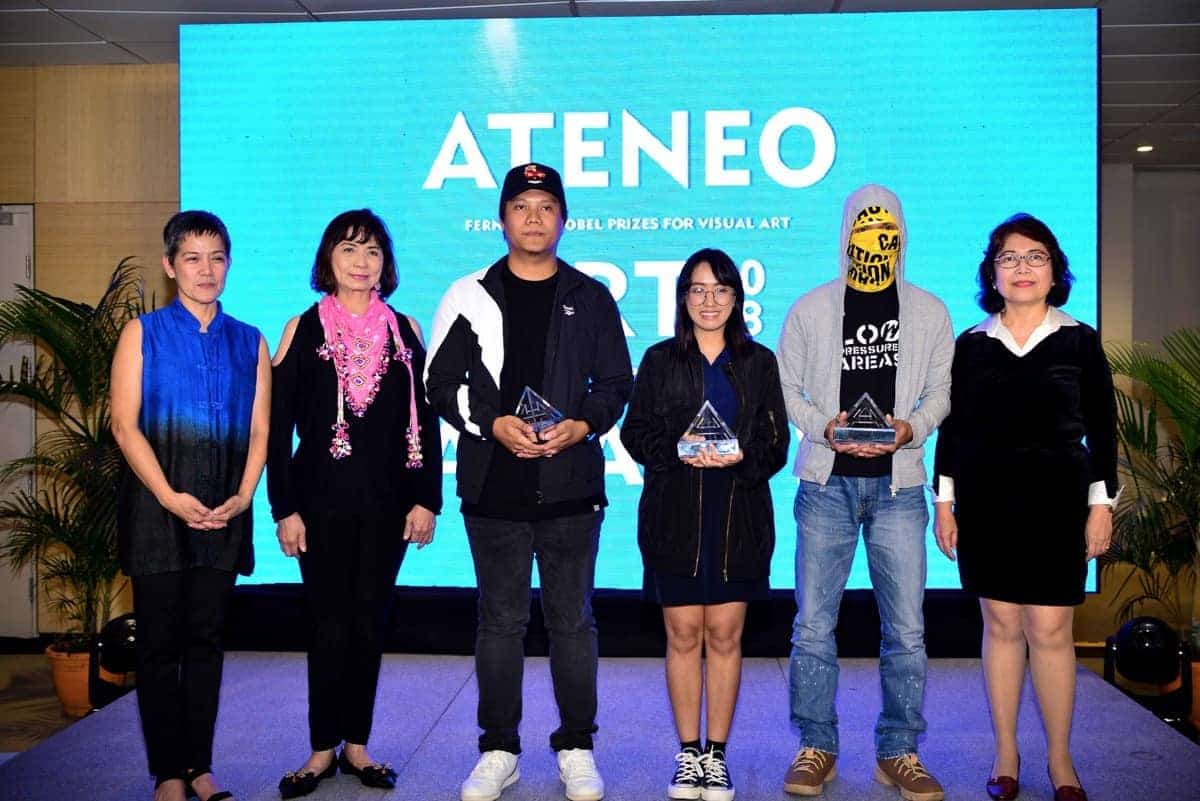
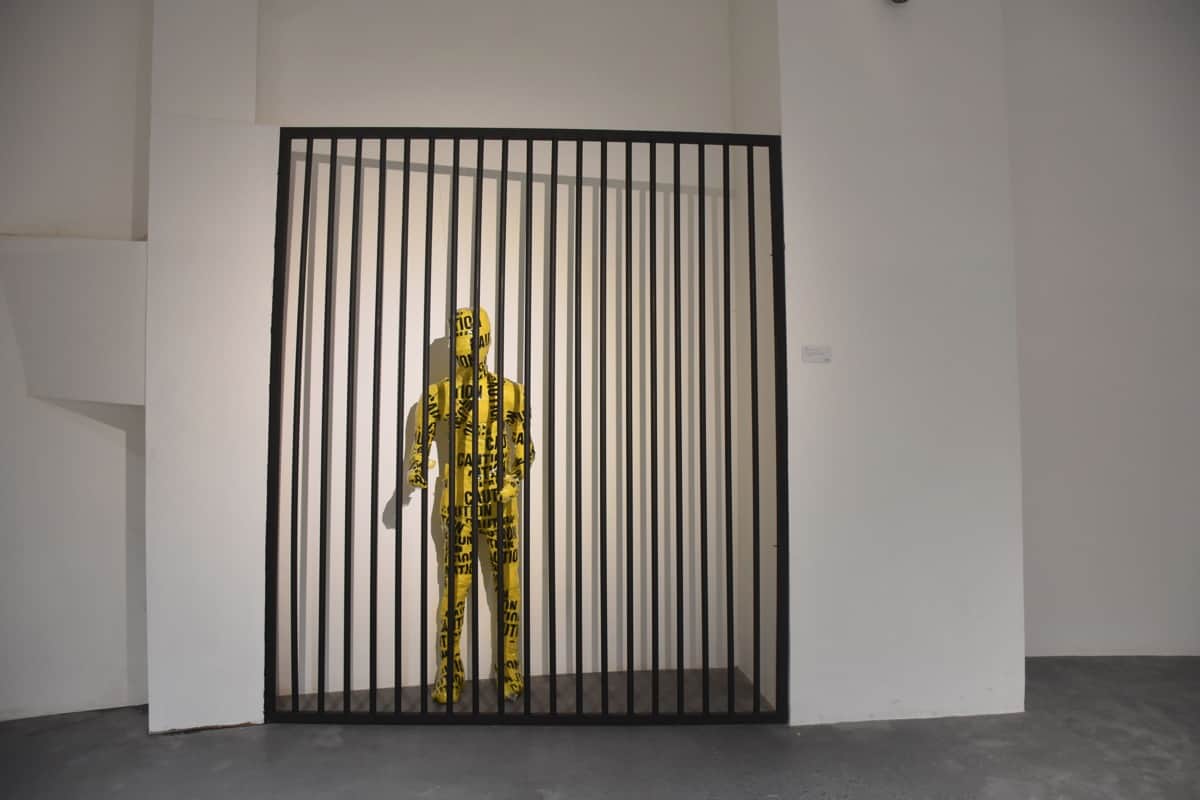
The Metrobank Art and Design Excellence (MADE) award ceremony and exhibition took place on 20 September. After that, the Thirteen Artists Award of the Cultural Center of the Philippines (CCP) exhibit opened on 18 October.
Just like anywhere else in the world, art awards are a big deal in the Phillippines. Awardees and nominees are, after all, the anointed few amongst a sea of young artists handpicked by top art experts in the country. When attending these ceremonies, one would find it hard not to be swept away by the celebratory spirit radiating in the room.
That being said, nothing is ever as simple as it appears to be.
I’d like to take a closer look at the things which are truly being celebrated.
Arguably, the gloss of these ceremonies is painstakingly prepared not just for the sake of the art and their makers, but the anticipated audience—the viewers at the receiving end of the spectacle, beholding the proclaimed crème de la crème of Philippine contemporary art.
It is typically a strange, fragmented mix of people.
We have a row of anxious artists up front waiting to be awarded, and a row of respected judges ranging from curators to critics, to veteran artists. Seats are reserved for patrons, diplomats and other Very Important Persons, museum directors, gallery owners, collectors, the occasional celebrities, and of course, the media. Crowding the sides and backs of the room in a proud show of support, we normally find the families and friends of artists, cultural workers, and other artists.
For a first-timer to these ceremonies, one might wonder what lies beneath all of the fuss.
What are the dynamics like amongst these people?
Where do the winners go?
Who decides?
How do they decide?
Who benefits? Who cares? And, more interestingly, who doesn’t?
The History of Art Awards in the Phillippines
As we enter into and reflect upon this pivotal phase of the year, it might be beneficial to take a step back and learn from some watershed moments in the history of art awards and competitions in the Philippines.
In 1955, the empty-handed took to the streets — quite literally!
During the Rotary Golden Anniversary Awards organized by the Art Association of the Philippines(AAP), the grand prizes went to three modern artists: Galo Ocampo, Manuel Rodriguez Sr., and Vicente Manansala.
During the ceremonial ribbon cut, a group of artists loosely labelled as the “conservatives” who had entered their works into the competition, removed their paintings from the exhibit and stormed out of the showroom. Enraged by the results, they displayed their non-award-winning works on the street outside, free for the public to see.
Was this the impassioned reaction of sore losers? Was it a stand for their aesthetic values—a battle between pictorial representations of life committed to academic rules, versus the distorted forms adopted by the modernists?
It is easy to fall into caricatured imaginations of such a story, watered down into a battle between two neatly defined groups. However, if we look more closely into accounts of this moment, (pieced together in the essay With New Eyes: The Struggle for Philippine Art, 1948-1969 by Clarissa Chikiamco), we will see that this group of “rebel” artists consisted not just of conservatives, but a handful of modern artists as well.
From the essay, I learned that the original 20 “street show” artists grew to a stunning 64, as more artists added their works to the outdoor display. Contemporaneous observers revealed that this impromptu show actually drew in a wider, more diverse audience consisting of everyday pedestrians, from ice cream vendors to housewives. In contrast, the official exhibit remained quiet and insulated within the intimidating space of a guarded showroom. Looking at these early days of art awards in the Phillippines, we can already find traces of who was invested, the implications of presentation and space, and the slippery issues associated with art audiences.
Nonetheless, let’s go back a few more years and look at the circumstances which built up to this moment.
Conservatives vs. Modernists
In 1948, Purita Kalaw-Ledesma—the untiring cultural worker hailed as the Mother of Philippine Modern Art—founded the Art Association of the Philippines (AAP). A trailblazing institution which sought to elevate the status of artists, the AAP was formed at a time when the country was struggling to emerge from the wreckage of World War II. Art was of little concern to the general public. Consequently, artists were undervalued in Philippine society.
Emerging from this landscape, a group of artists vigorously sought new ways to depict their realities, challenging the picturesque pastoral scenes which trailed the academicism of Fernando Amorsolo—the leading artist of the pre-war period:
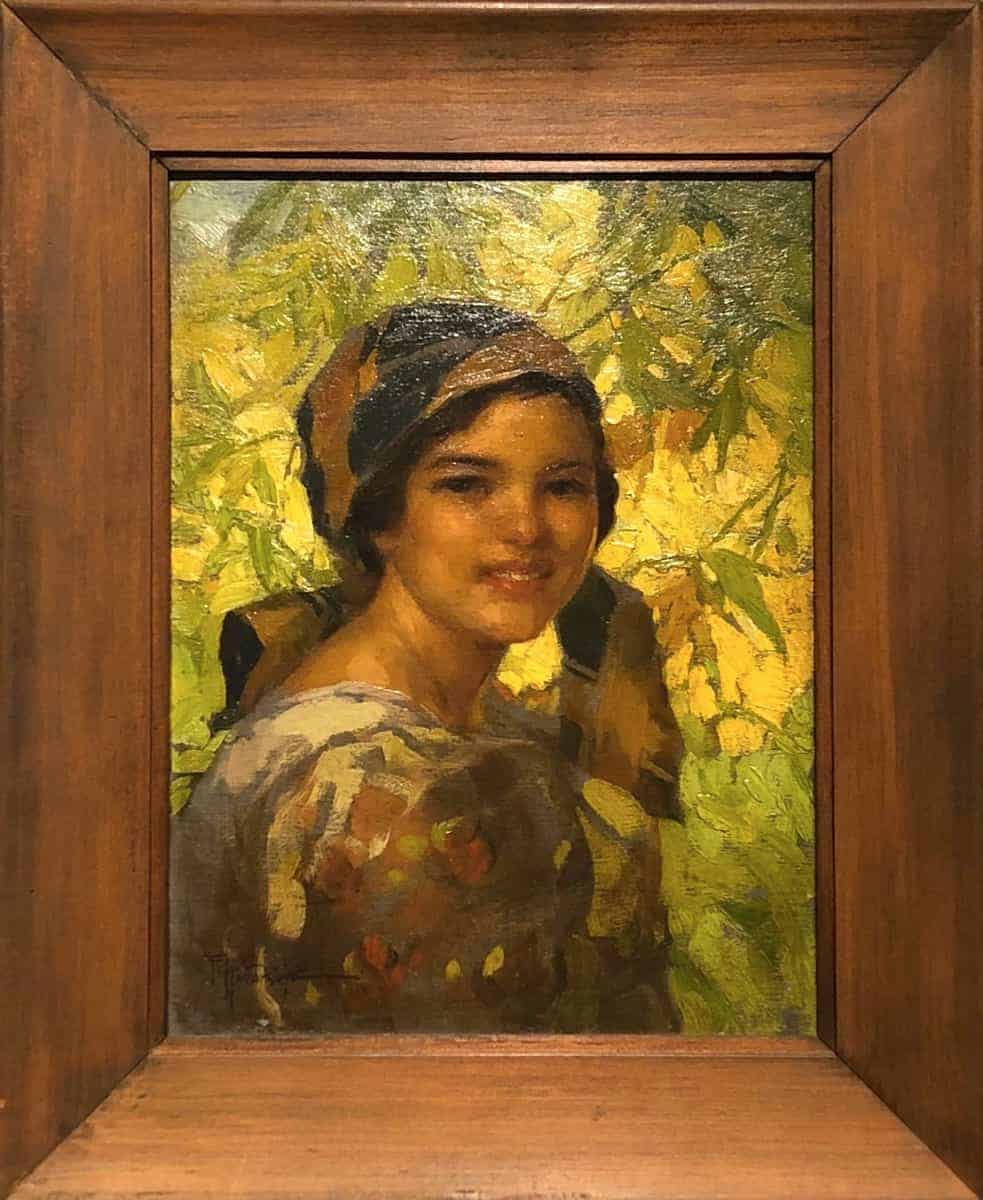
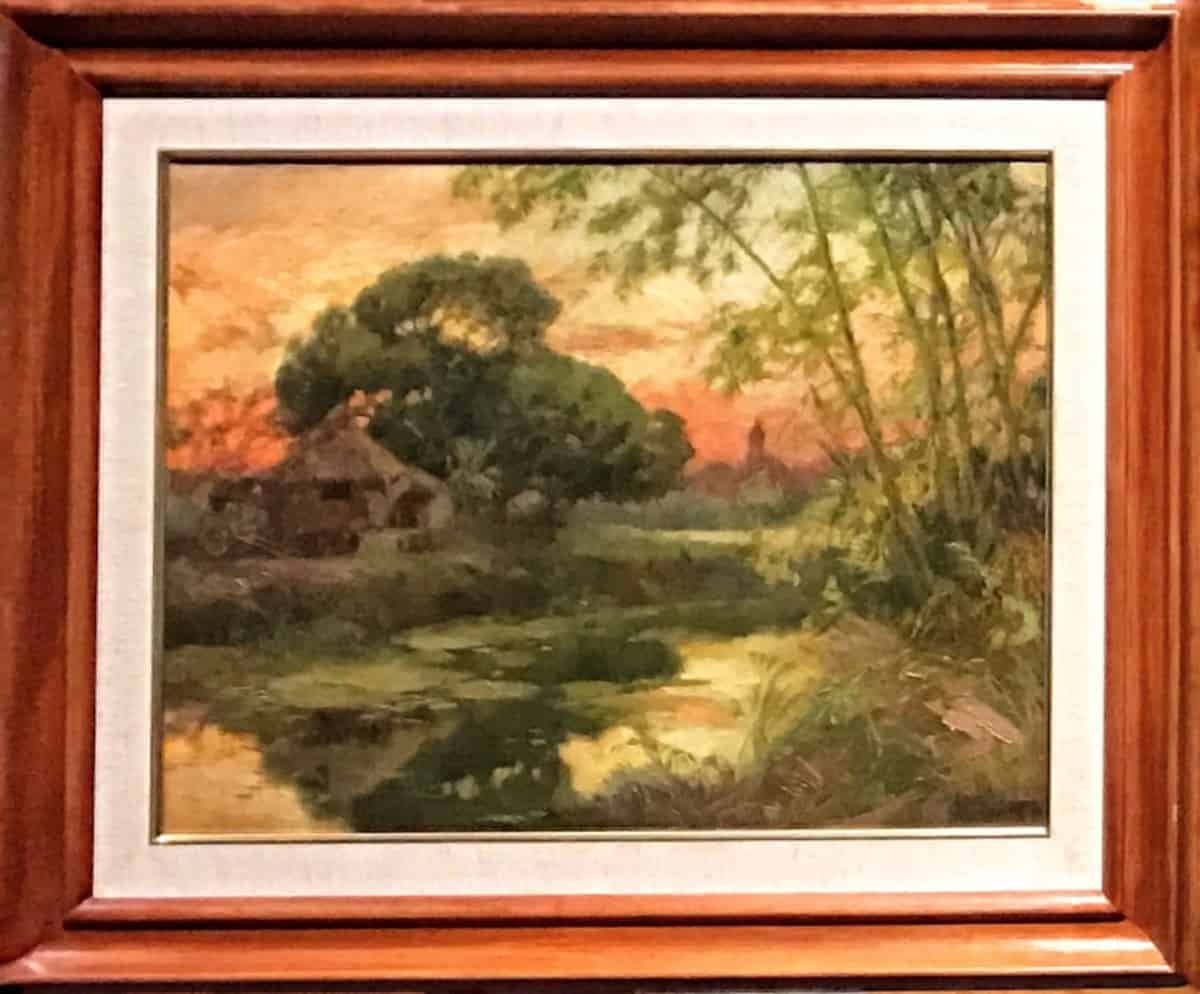
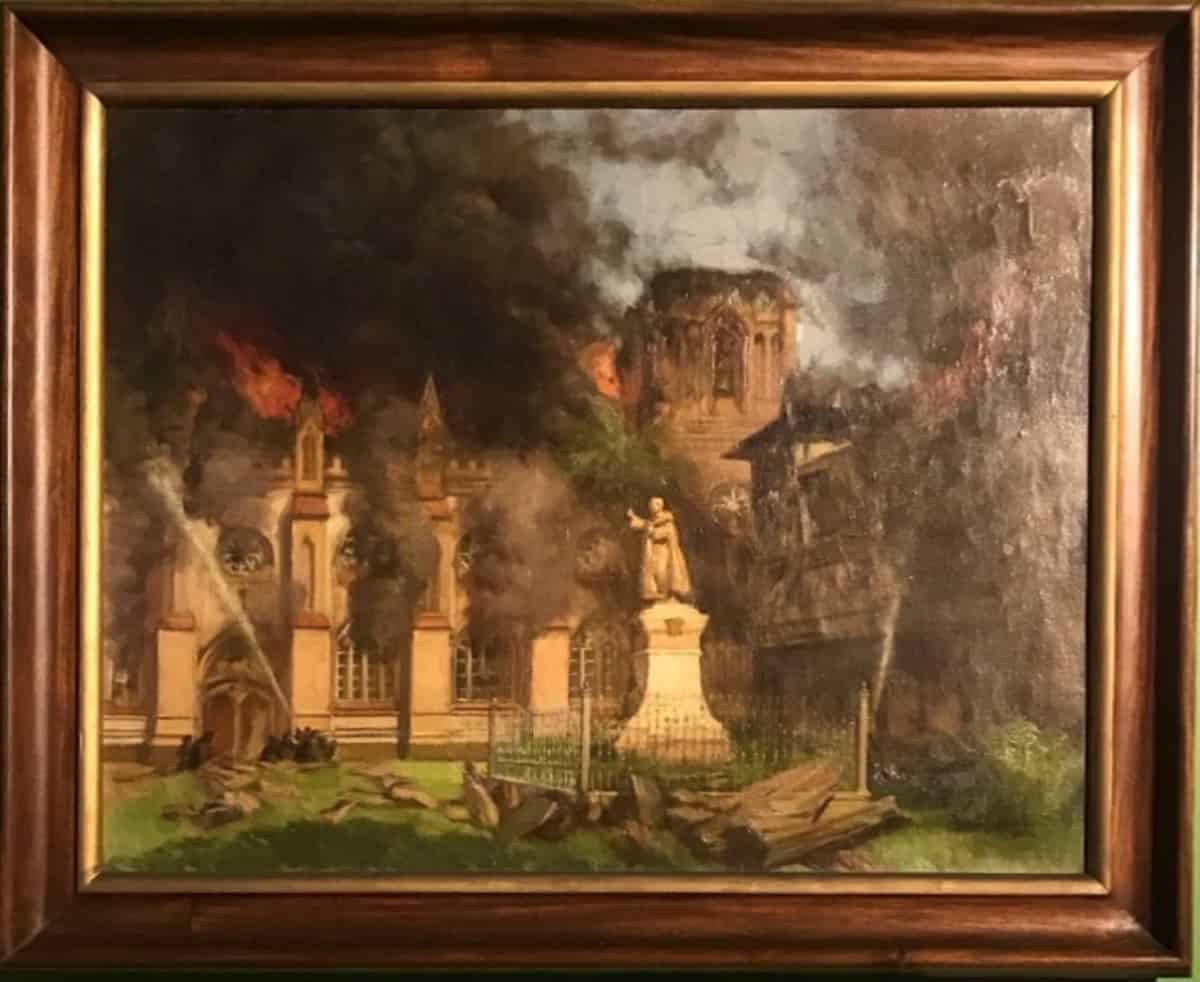
Breaking rules of perspective and emphasizing formal structures of colour, line, and texture, the modernists, by contrast, strove to express their inner realities grounded in their present time and place—which, with the ruin that had plagued the country after the war, was far from idyllic.
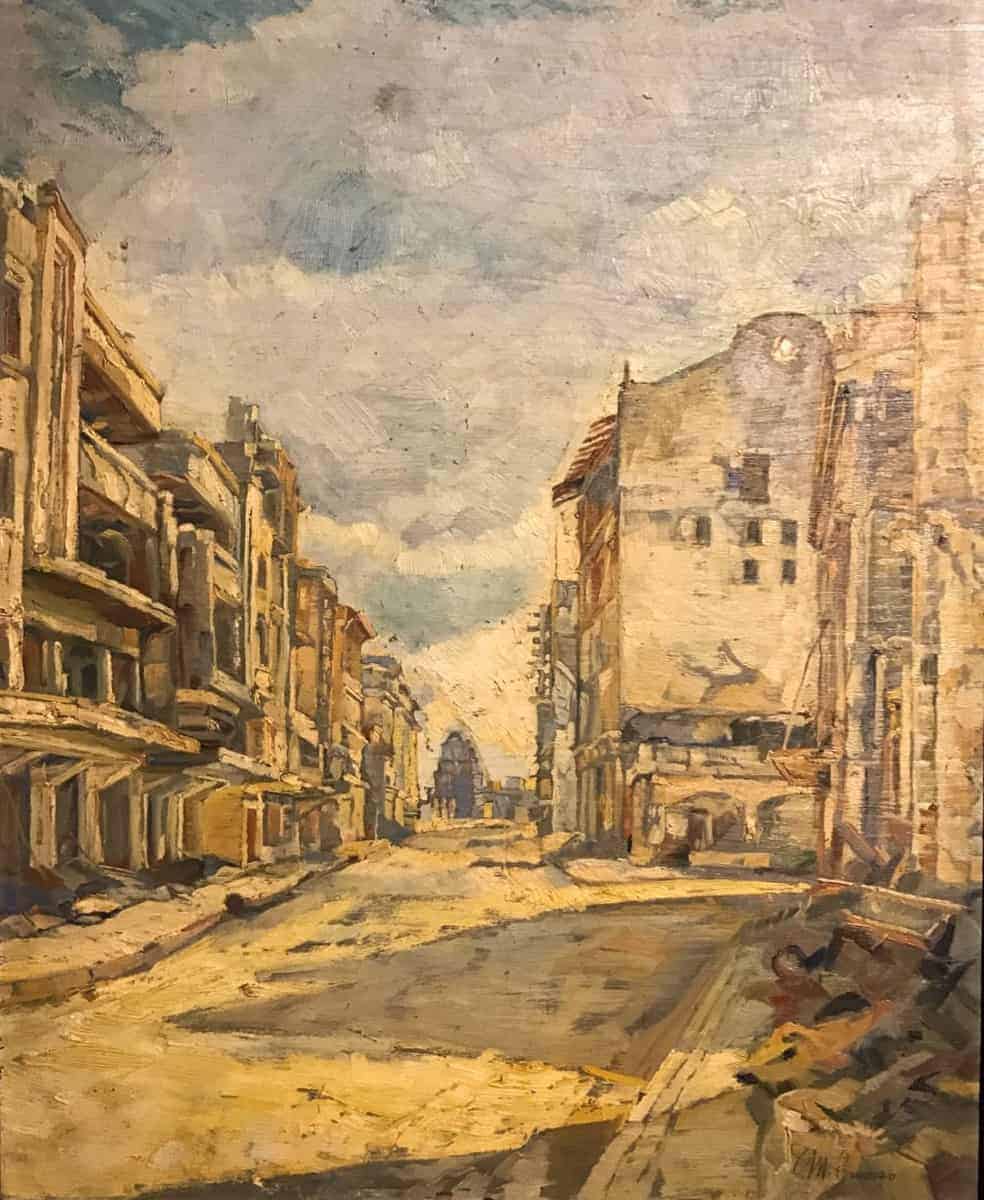
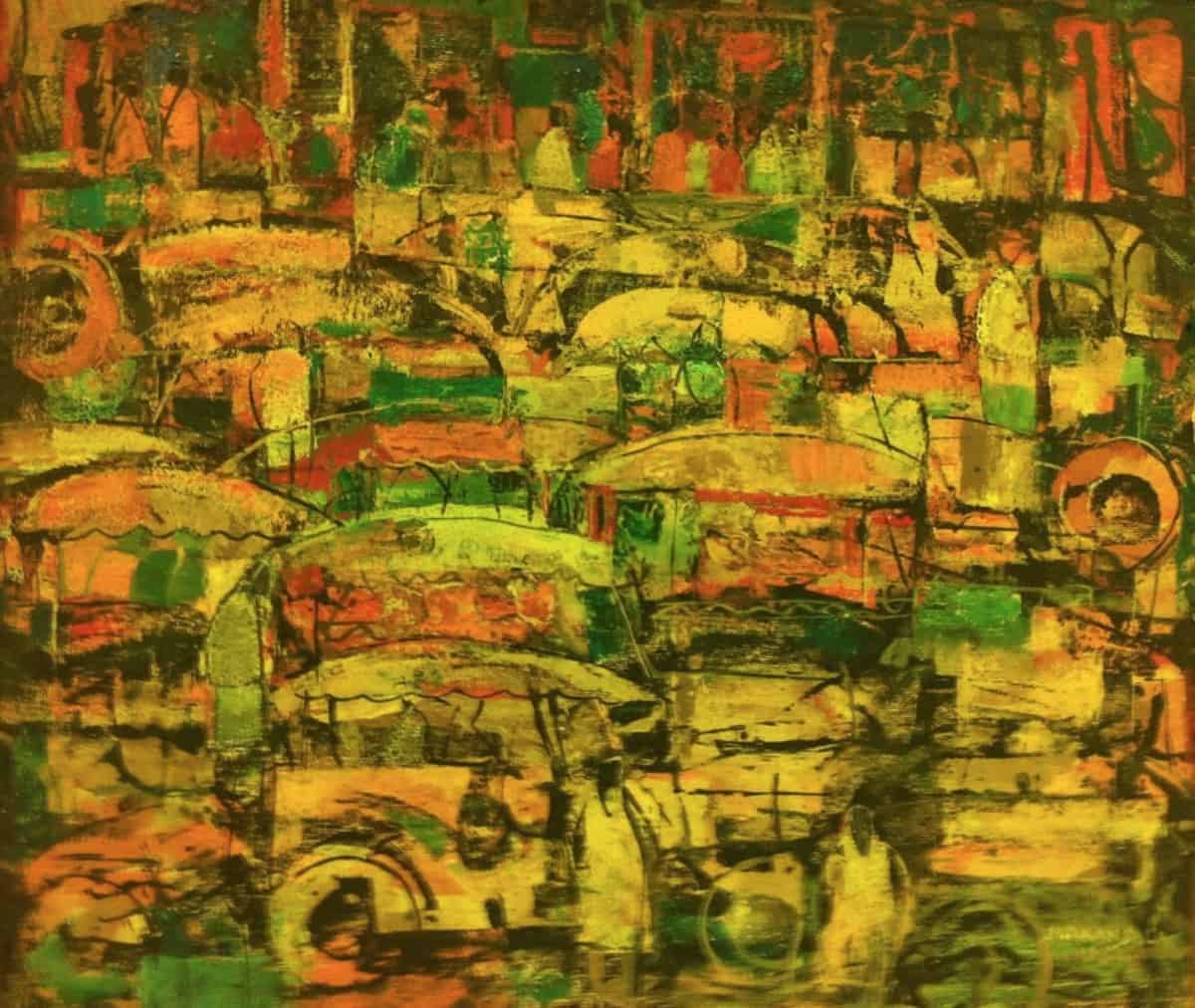
From the outset, the AAP underlined its aim to be impartial and inclusive to all artists, regardless of style. Yet, the results of its first competition in 1948 revealed the path that history would later favour. The prizes in that inaugural year went to Carlos Francisco,Demetrio Diego, Vicente Manansala, Cesar Legaspi, Diosdado Lorenzo, and H.R. Ocampo—all modern artists, despite a balanced mix of judges coming from both conservative and modern schools of thought.
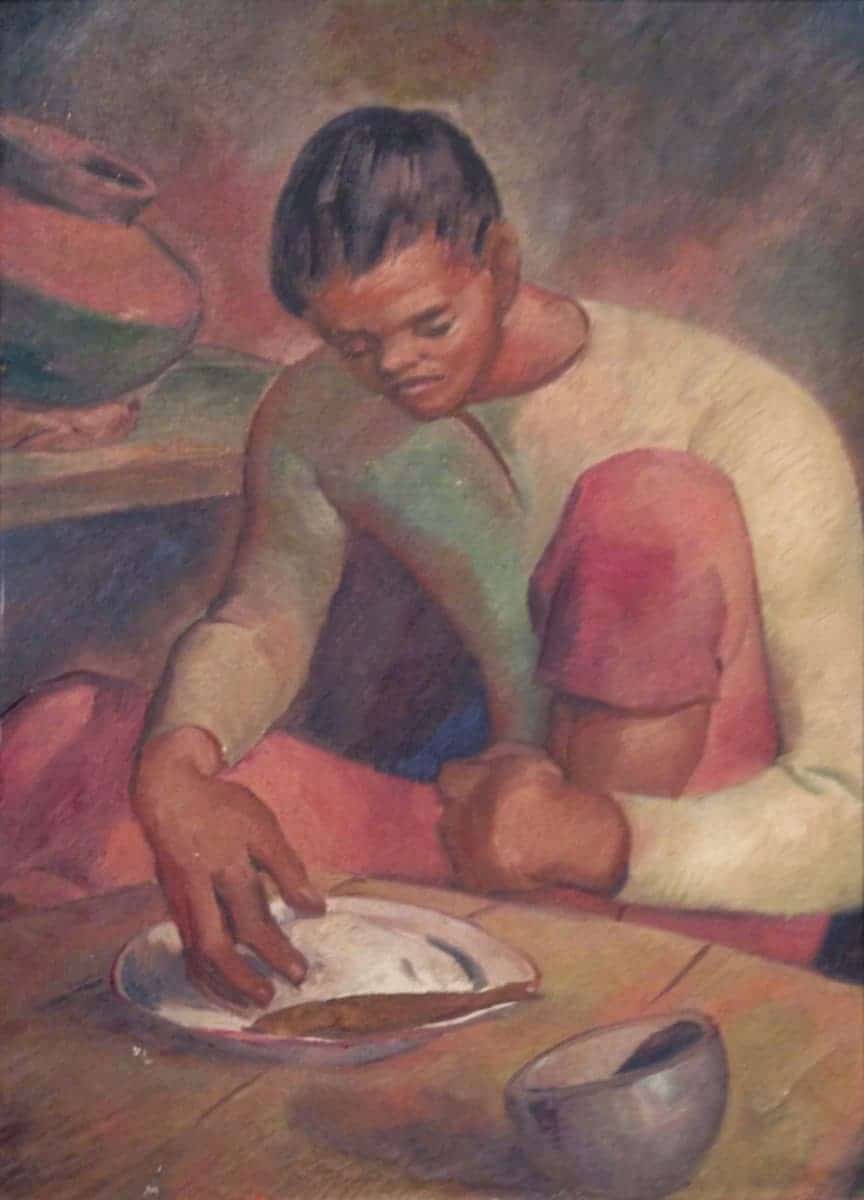
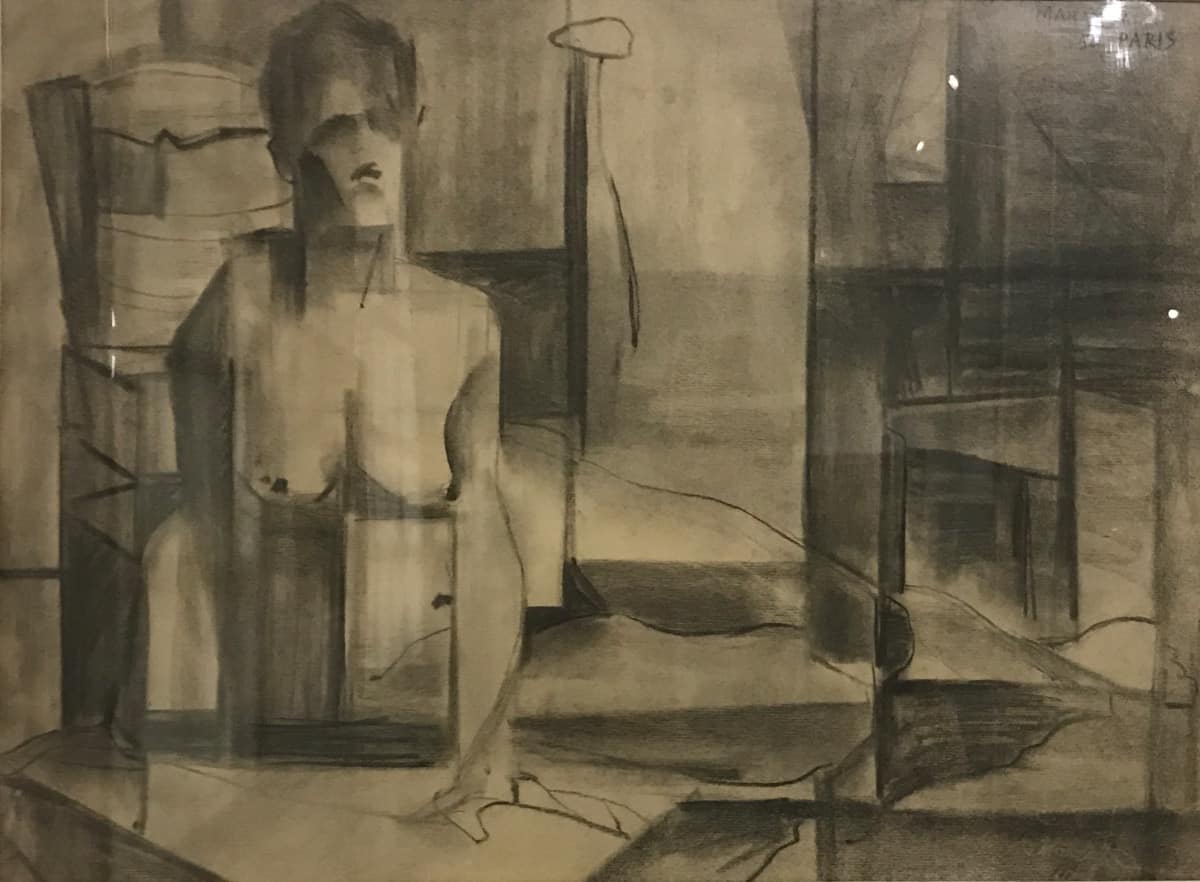
Neither supporters nor sceptics remained silent. Victorio Edades and Guillermo Tolentino, leading figures among the modernists and conservatives respectively, debated in magazine columns shortly after the awards had been conferred. They argued about opposing ideas of “progress” in art, on who and what was considered “behind,” and on fundamental notions of art itself.
With the rise of photography, Edades emphasized the need for distortion and abstraction in painting—expressions that a photograph could not achieve. Tolentino, on the other hand, believed that fine art needed to have a proper sense of perspective, anatomy, balance, and harmony. Anything otherwise was deemed to be “bizarre” or “insane” art.
Following the controversy of its inaugural awards event in 1948, the AAP decided to split the competition into modern and conservative categories. This ensured that artists coming from both groups were awarded—an attempt to appease the dispute in order to safeguard the AAP’s survival. However, this division did not apply to the 1955 Rotary Club competition, which paved the way for the victory of the modernists and the walkout of dissenting artists.
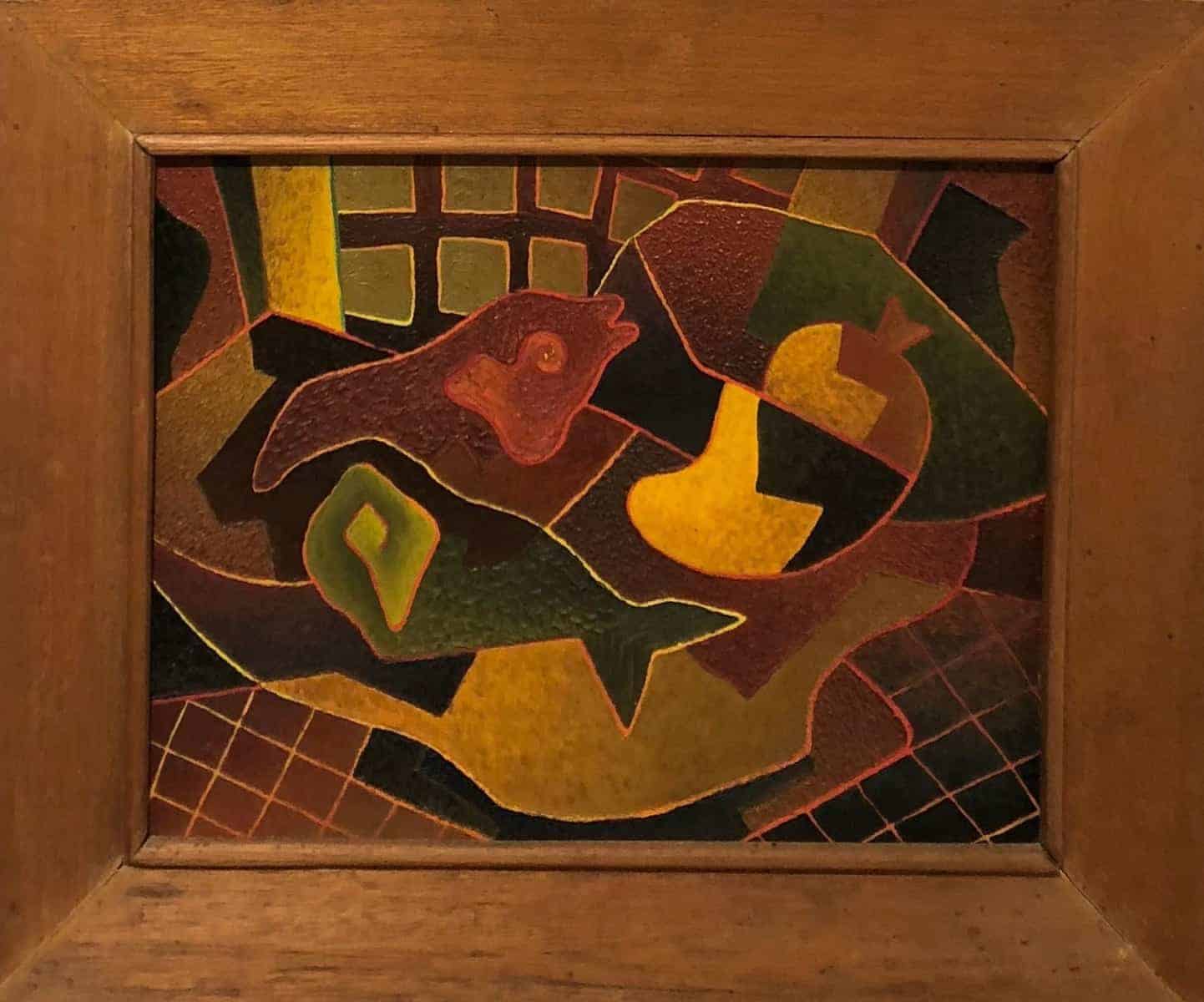
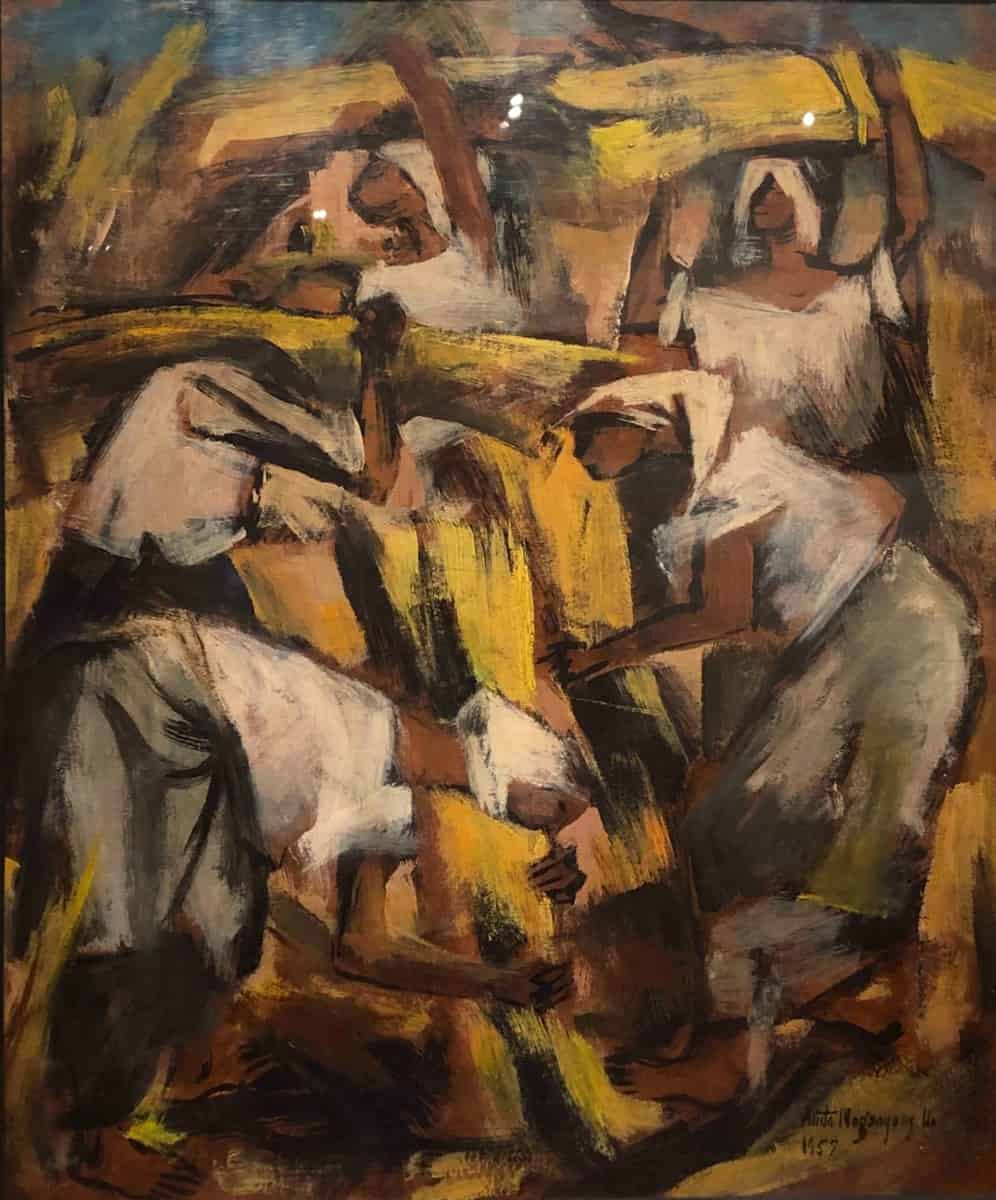
Subsequent to the blown up controversy of 1955, the AAP introduced a vital change to its procedures: anonymity.
From then on, names of artists were covered up during judging processes—cementing efforts at stripping away partiality.
Awards and Public Tastes
In 1962, art critic Alice Coseteng shared her observations in the article The AAP Awards, published in the Manila Chronicle. According to Coseteng, though these awards and their accompanying exhibits sought to discover and incentivize young talents, they were also seen as vital platforms to refine the public’s artistic taste. Thus, while judges’ efforts at achieving impartiality were not to be belittled, it was also important to understand why and how they acquired their own particular tastes.
In hindsight, we may never really know the extent to which these specific tastes influenced the public’s appreciation for art in the Phillippines. However, we cannot deny that these foundational years of art awards helped to build the pedestals for artists whom we now look up to with reverence.
Many modernists who won the early AAP competitions went on to represent the Philippines on international platforms through travel grants, scholarships abroad, and biennales.
Their works later joined the collections of major museums, and, tellingly, four out of the six modernists who won the first AAP competition have now earned the venerated National Artist status. Today, their pieces soar to some of the highest hammer prices at auction houses.
What’s Next?
Looking at the incentives of art awards today, I would argue that present-day awardees continue to travel a similar path. Apart from receiving mouthwatering cash prizes, winning artists now represent the Phillippines through residencies abroad. Their works are eventually showcased by the major institutions —and in some cases, acquired in the permanent collections of these institutions.
As we all know, where institutional recognition leads, commercial success soon follows. Art awards continue to provide an important platform to showcase the works of artists, signalling society’s support and approval for their efforts. The pomp and circumstance that I referred to at the start of this piece may come across as a bit of a spectacle, but perhaps art needs to be showcased as something which is valued, in any society that aims to be accepting and progressive.
It is, however, important to remember that an art award is fundamentally rather different from say, a top prize for a spelling bee or a Mathematics Olympiad. The subjectivity that accompanies a judgment on whether an artwork is deemed “worthy,” can almost always be subject to challenge, and reasonably so.
Indeed, art awards in the Philippines originated from a history where celebration, tension, and contention were (ironically) able to coexist.
From the beginning, we had people who cared. They cared about how they were being portrayed, remained watchful of those who were setting artistic standards, and spoke out when they believed that others were being unfairly written out.
And so as we sat in our comfortable seats and watched as the spotlights shone upon this year’s crop of bright artists, I hope the same questions that haunted our past still echoed through:
“Who is shaping the public’s taste in the arts today? Who is part of this public? Do we like what we see? If not, do we believe in our convictions enough to stand up and walk out?”
________________________
(Editor’s note: The research for a good deal of this story came from The Struggle for Philippine Art – an excellent resource for anyone seeking to learn more about Phillippine contemporary art)







